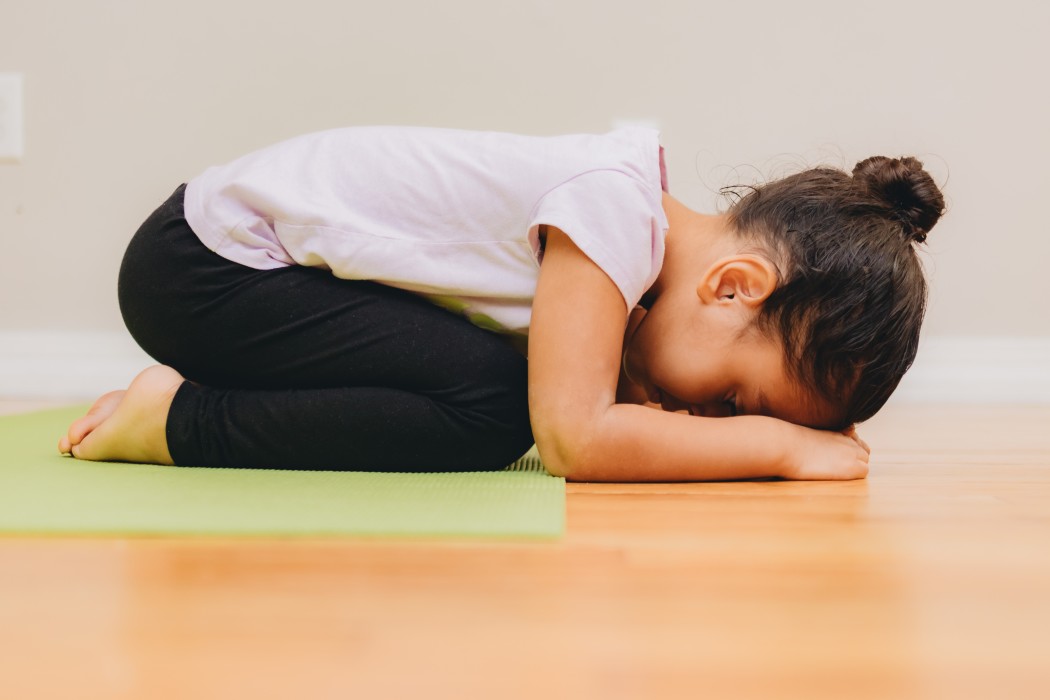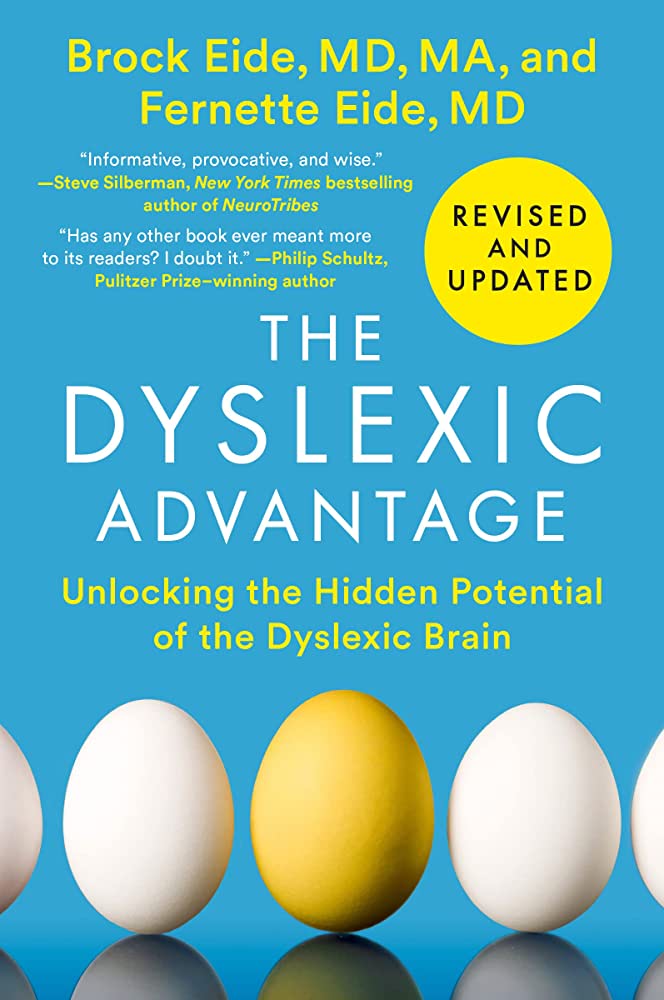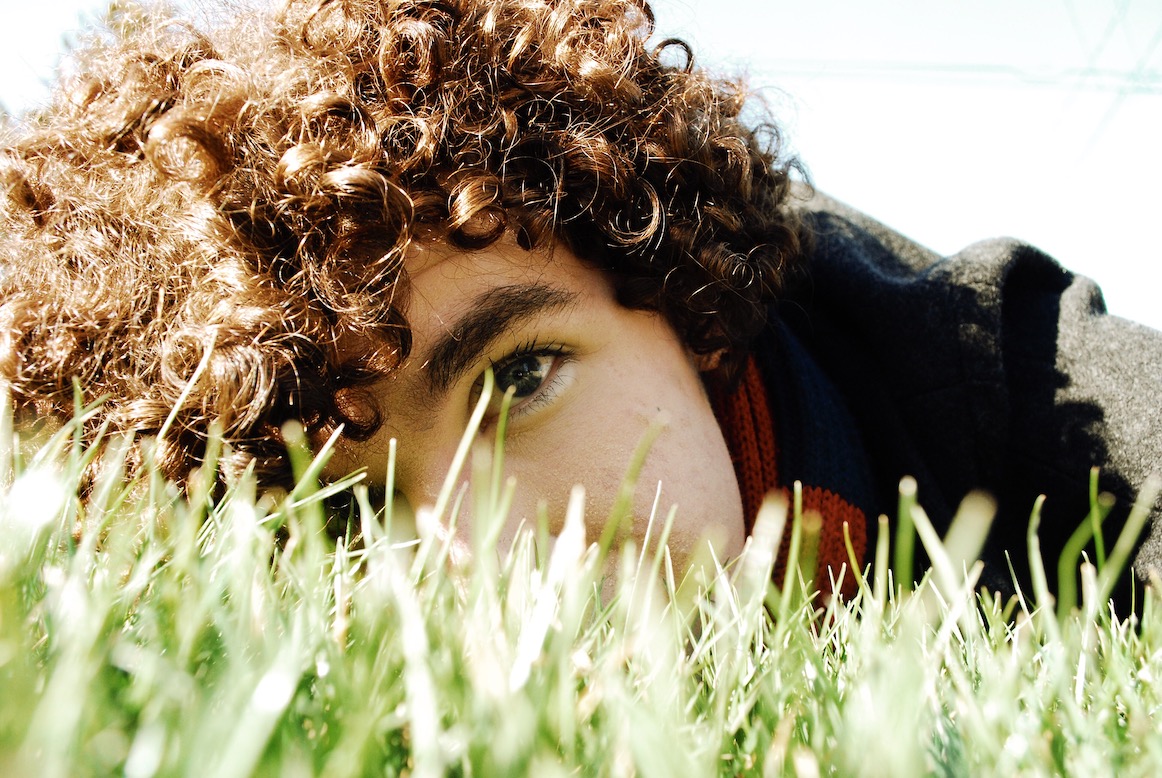 Social-emotional learning is about cultivating a deeper care for the self in the present moment. That is something we all can do, and that is something that we should all do.
Social-emotional learning is about cultivating a deeper care for the self in the present moment. That is something we all can do, and that is something that we should all do.
You can begin teaching social-emotional learning in your class in four steps: planning to pause, practicing, tracking it, and finally, by talking about it.
Step 1: Plan to Pause
Picking a practice is fun and easy. Mindful practices are often organized by activity type; breathing, stretching, relaxing, etc., and can be found all over the internet with varying quality and connections to spiritual orders. Always watch and practice first, but if it works for you and you are confident in teaching your class, it’s a practice worth teaching.
Deciding what practice to start with can be intimidating, especially if you are not confident with traditional breathing or yoga-based practices. Introducing students to the structure of practicing with SEL tools can accomplish an array of goals.
There are plenty of free resources such as this blog that teachers can refer to for inspiration while picking an SEL practice to begin with.
After deciding on a practice, write out the plan, and create what you need to teach it. In my experience, I have always preferred creating week-long slide decks that house the videos, scripts, or visuals for our SEL practice, in addition to the reflection questions.
I suggest planning to pick a short period of time out of the day to engage in the same practice every day for four days straight.
Steps 2 & 3: Practice & Track
After you do the thing — engage in the practice, if you will — indicate on your chart that you did it. If it’s too inconvenient to track that you are doing something, I’d suggest that the thing you are doing is not important enough to you. You don’t have to wonder about this though, because you will have data to show what is important and what isn’t.
Introducing the routine of using SEL practices in the class works really well, and free activity pages make it easier than ever to begin SEL lessons in the classroom. Numerous studies show improved attention, focus, and academic achievement follow when SEL practices are implemented with fidelity, so I believe it is a goal worth setting.
Step 4: Talk About It
Reflection does not have to be formalized, long, or even instantaneous but it does need to happen. Just imagine asking your guided reading group what they thought about the “sloth or chocolate croissant” practice as they get settled at the small group table. The students are talking to you and to each other about an experience you all shared, and they are building genuine connections because of it.
If possible, scheduling a deeper reflection discussion once a week is ideal. At the end of the week, students engage in an independent reflection session where they decide which intention they would like to set for the practice and then decide to practice individually or with peers.
Talking about the intention and use of the practices in multiple ways makes it a real tool for your students to use in a situation where they need to change how they feel for what they need to do.
Social-emotional learning is about cultivating a deeper care for the self in the present moment. Teaching your students that it matters what they feel like when they are learning may be one of the most important things you teach them.
Excerpted from “Four Simple Steps to Adding SEL to Any Classroom” from T|H|E Journal. Read the full article online.
Source: T|H|E Journal | Four Simple Steps to Adding SEL to Any Classroom, https://thejournal.com/articles/2022/07/18/four-simple-steps-to-adding-sel-to-any-classroom.aspx | © 1994-2022 1105 Media Inc. Last reviewed November 2024.







